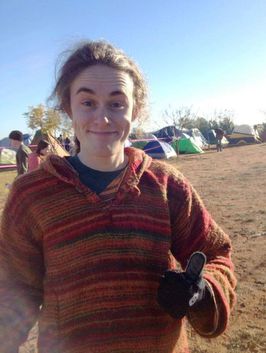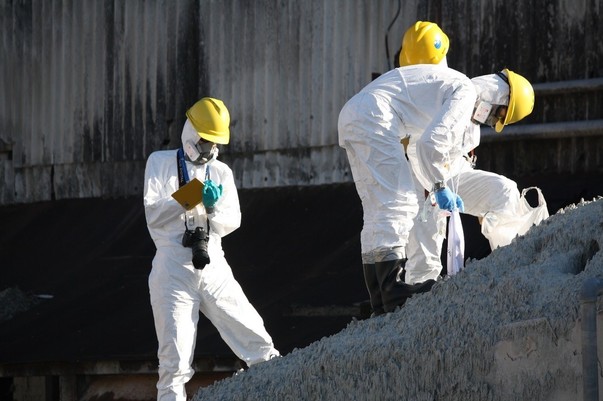|
NAME: Connor Turvey
CURRENT TITLE: PhD Candidate ORGANISATION: Monash University School of Earth, Atmosphere and Environment AREA OF EXPERTISE: Using portable X-ray Diffraction (XRD) instruments to analyse samples in the field, particularly relating to environmental mineralogy and carbon sequestration. YEARS OF EXPERIENCE: 4 EDUCATION: Bachelor of Science (Honours), Monash University WEBSITE/TWITTER: Research Group Website |
What does your job involve?
My PhD project involves researching ways we could trap atmospheric CO2 and store it inside different kinds of minerals. This would allow us to safely store that CO2 and could play an important role in how we tackle climate change. In addition to conducting research I also work as a demonstrator for several Earth Science units at Monash University, teaching undergraduate students.
My PhD project involves researching ways we could trap atmospheric CO2 and store it inside different kinds of minerals. This would allow us to safely store that CO2 and could play an important role in how we tackle climate change. In addition to conducting research I also work as a demonstrator for several Earth Science units at Monash University, teaching undergraduate students.
What’s a typical day like?
My days are always very varied. Sometimes I am in the laboratory, preparing samples for XRD analysis and analysing them. In addition to my samples I also analyse samples for others who need the kind of information that XRD can give. Other days I spend in the office, writing, learning about new techniques and conducting a lot of data analysis. As an Earth scientist I also spend a lot of time doing fieldwork, collecting samples for later analysis, sometimes in some pretty hostile environments!
My days are always very varied. Sometimes I am in the laboratory, preparing samples for XRD analysis and analysing them. In addition to my samples I also analyse samples for others who need the kind of information that XRD can give. Other days I spend in the office, writing, learning about new techniques and conducting a lot of data analysis. As an Earth scientist I also spend a lot of time doing fieldwork, collecting samples for later analysis, sometimes in some pretty hostile environments!
What do you love about working with X-rays?
I love being able to analyse a sample that looks like a random white or grey powder and by using XRD, figure out what is in that powder. Being able to go beyond what we can see and understand the crystal structure of something is pretty amazing.
I love being able to analyse a sample that looks like a random white or grey powder and by using XRD, figure out what is in that powder. Being able to go beyond what we can see and understand the crystal structure of something is pretty amazing.
What’s challenging?
A lot of the minerals I deal with are clay minerals, which have disordered crystal structures that can make them very hard to analyse with XRD. Producing useful results from these minerals can require a bit of perseverance and dogged determination!
A lot of the minerals I deal with are clay minerals, which have disordered crystal structures that can make them very hard to analyse with XRD. Producing useful results from these minerals can require a bit of perseverance and dogged determination!
|
Why is it good to be involved with AXAA?
AXAA has really helped me by providing both a platform for me to showcase my work to the larger X-ray analysis community and has provided me the opportunities to meet and network with experts in the field. Additionally, the AXAA 2014 in Perth was the first national scientific conference I attended! |



